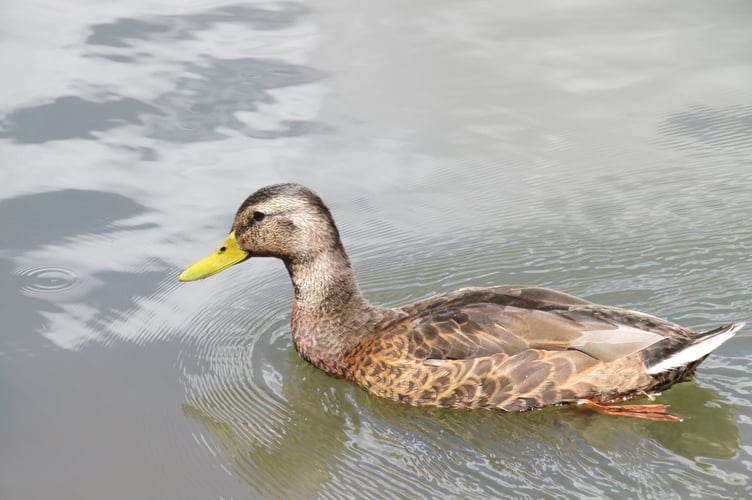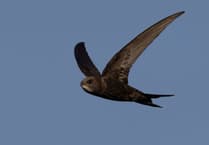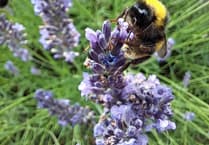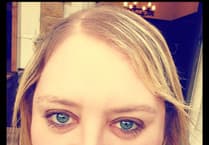Have you been missing your bird friends lately? I spotted a recent social media post in which a bird lover was concerned they weren’t seeing as many wild birds in their garden. Others joined the conversation saying they’d noticed the same, in some cases worrying that “their” robins and blackbirds had vanished from their gardens.
It’s likely many birds leave gardens in summer because there’s an abundance of grain, berries and fruit in fields and hedgerows, providing a bounty of natural food for them to feed upon.
Another reason is that many birds are now going through their summer moult – that is, they are shedding their old, worn feathers so they can be replaced with fresh new ones. It happens when birds have finished breeding and also explains why you may see scruffy or unusual looking birds during the summer.
When they lose their wing feathers, they can’t fly to escape predators. They are also likely to be tired and underweight after raising their young. For these reasons they tend to hide away as much as possible.
In species where the male and female of the species have a different plumage, the moult can erase their differences temporarily. It’s particularly noticeable in those species where the males have a brighter and more “showy” plumage. This is replaced temporarily by a plumage that offers better camouflage while they are hiding away.

You may also notice there is less birdsong during the summer. Songbirds (most noticeably robins, blackbirds and thrushes) sing to attract and retain mates and to mark their territories before and during their breeding season. After this, it requires much effort and energy which tired birds cannot afford to waste.
You may also notice fewer drakes (males) of our most common duck, the mallard – but they haven’t gone anywhere! The drakes, identified by their shiny green heads, brown chests and grey bodies, have moulted their colourful feathers. This is called their eclipse plumage, when they can look much like the hens (females) which are generally a dappled brown colour. Look carefully at the brown ducks: some may be drakes that have temporarily lost their bright colouring!
Ducks moult their flight feathers all at once. For about a month, they can't fly and are very vulnerable to predators. To provide drakes with some camouflage, their moult starts with the bright body feathers. These are replaced by dowdy brown ones, when the drakes can be confused with the hens. After regrowing their flight feathers they go through another moult and the drakes regain their colourful plumage.
While on the subject of ducks, please spread the word that bread shouldn’t be fed to wildfowl including ducks, geese and swans. Bread is a processed food with very poor nutritional value but it fills them up, so they fail to forage for healthy foods they can find for themselves. In addition, too much bread can cause a condition in ducks called “angel wing” which causes bones to twist during growth and inhibits flight.
Feeding bread to wildfowl is particularly discouraged at Goldsworth Park Lake: much more bread is being scattered there than wildfowl will eat. The leftovers are thought to be a predominant reason for a significant rat problem – and these can be predators of young birds.
By all means feed wildfowl with sweetcorn, lettuce, oats and seeds, which are good for them, but never bread!
-Jon-Hawkins.jpeg?width=752&height=500&crop=752:500)




Comments
This article has no comments yet. Be the first to leave a comment.